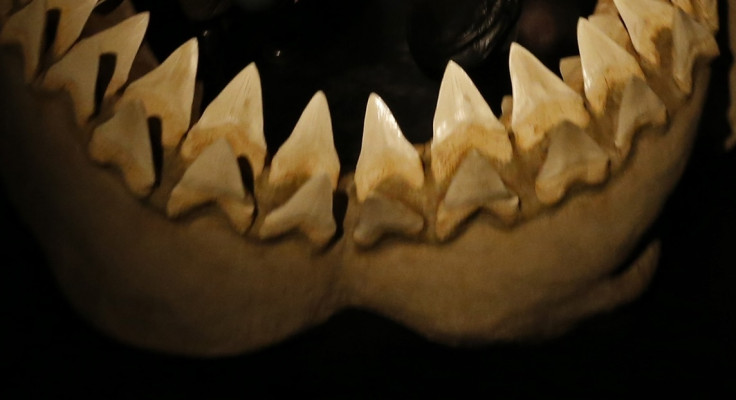83 million-year-old shark that lived during dinosaur age likely the ancestor of largest ever shark
Newly-identified mega-tooth shark Cretalamna bryanti is believed to be an early member of the megalodon shark family.

After decades of hunting, researchers have finally amassed enough fossilised teeth of a prehistoric shark, which swam across the seas during an age when dinosaurs ruled supreme, to conclude that it is an entirely new species.
The 83 million-year-old shark's fossil teeth reveal that it could have been the ancestor of one of the largest sharks to ever swim in the oceans of Earth – the megalodon.
It reportedly took around 38 years for archaeologists to collect 33 fossil teeth of the newly identified mega-tooth Cretaceous Period shark. In a new study, published in the journal PeerJ, palaeontologists with the McWane Science Center in Birmingham and the Alabama Museum of Natural History in Tuscaloosa, said that the prehistoric shark's teeth measured about one inch long.
In comparison to megalodon sharks' teeth, which have previously been measured to around 7 inches, the newly identified shark's teeth appear much smaller. This is because the ancient shark is believed to be an early member of the megalodon family.
"Over time, the sharks in the megalodon line acquire [tooth] serrations, lose their cusplets (the little 'fangs' on the sides of the main cusp) and grow to enormous sizes," said study lead researcher Jun Ebersole, director of collections at the McWane Science Center, LiveScience reported.
The new shark species has reportedly been named Cretalamna bryanti or the Bryant shark, in honour of the late University of Alabama coach Paul "Bear" Bryant.
According to Ebersole, the Byrant Shark's discovery indicates that dinosaur age mega-tooth sharks had more diversity than previously thought.
"The teeth of the Bryant Shark are very similar to several mega-toothed shark species which survived the extinction of the dinosaurs," Ebersole reportedly said. "Although it is not conclusive, this suggests that the Bryant Shark may be part of the direct lineage which eventually led to Megalodon."

The now-extinct Bryant shark's family reportedly evolved over 100 million years ago. The family's biggest member megalodon, which lived to grow around 60 feet, lived around 23 million years to 2.6 million years ago.
The ancient shark's size remains uncertain as it is a challenge to calculate the Bryant shark's size based only on its fossil teeth. However, since the prehistoric shark's teeth are similar to the mako shark, despite the two species not being related, it may be possible to estimate the shark's size.
"Thus, using recent makos as a modern analogue, the Bryant Shark may have reached lengths of up to 15 feet [4.5 m]," Ebersole told Live Science.






















